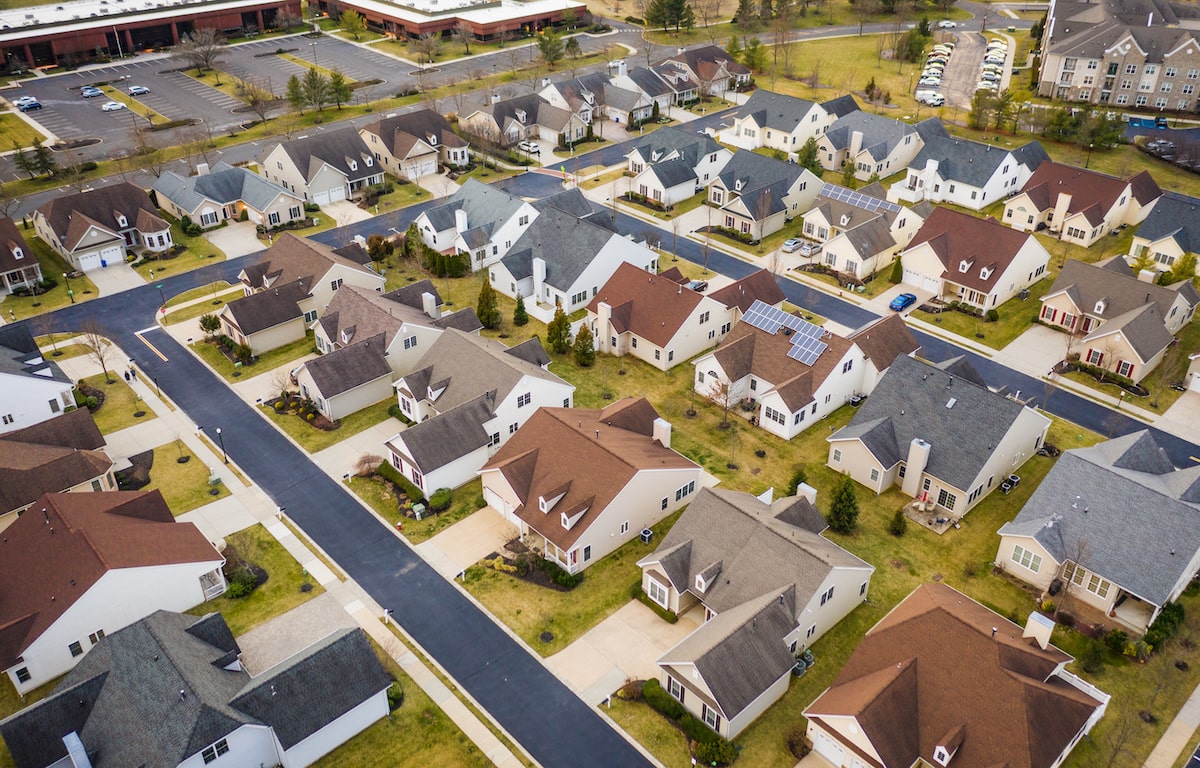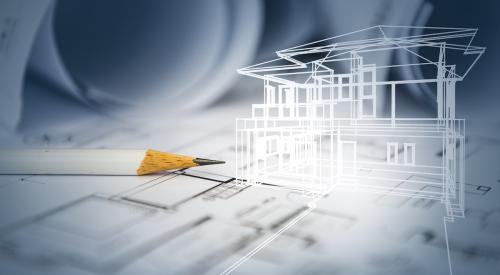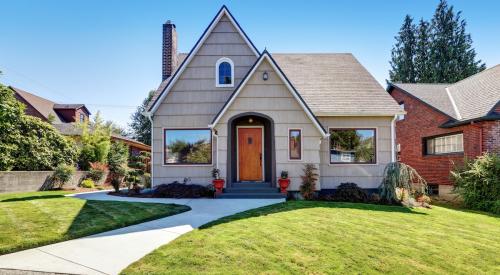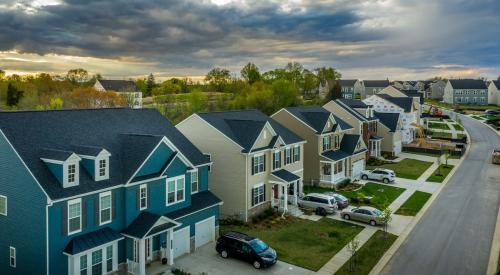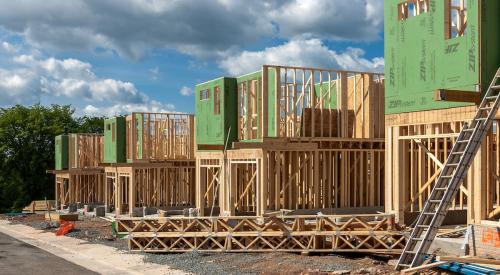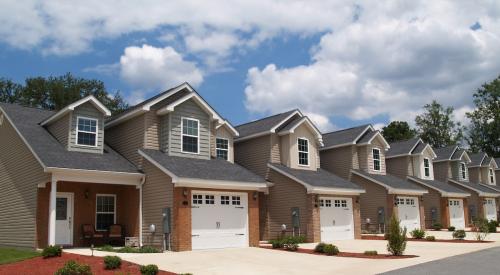As interest rates reached historic lows and more professionals switched to remote work in 2021, the average U.S. home size increased, but according to the National Association of Home Builders' (NAHB) Eye on Housing, that trend is reversing as part of a worsening affordability crisis. Q2 2023 data from the U.S. Census Bureau's Quarterly Starts and Completions by Purpose and Design and NAHB analysis reveal that median single-family floor area declined to 2,191 square feet, the lowest reading in more than a decade.
Since Great Recession lows (and on a one-year moving average basis), the average size of a new single-family home is now 3% higher at 2,465 square feet, while the median size is 6% higher at 2,234 square feet.
Home size rose from 2009 to 2015 as entry-level new construction lost market share. Home size declined between 2016 and 2020 as more starter homes were developed. After a brief increase during the post-covid building boom, home size is trending lower and will likely do so as housing affordability remains constrained.
